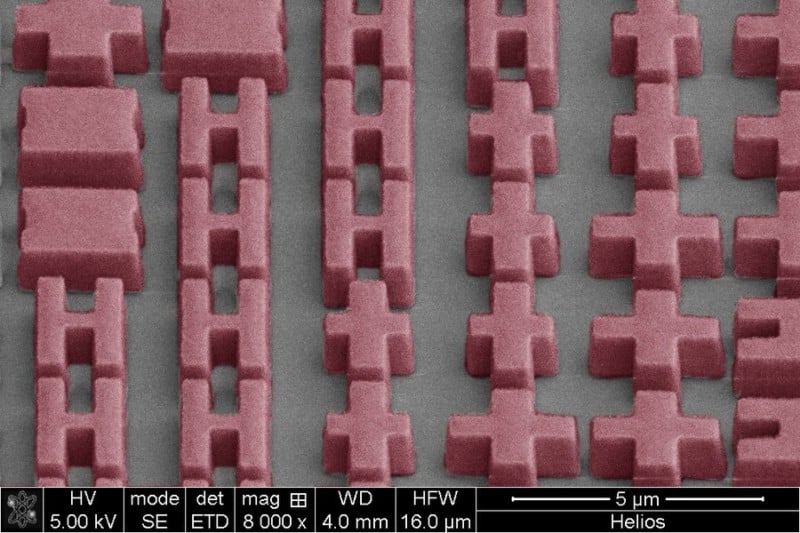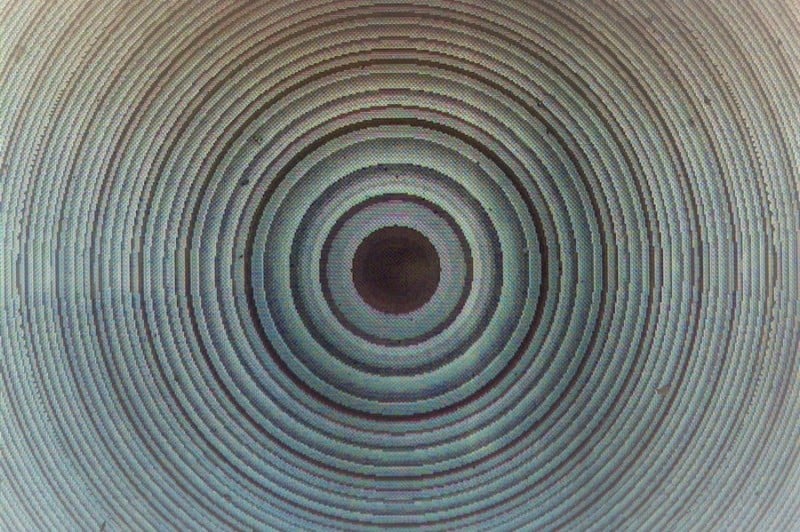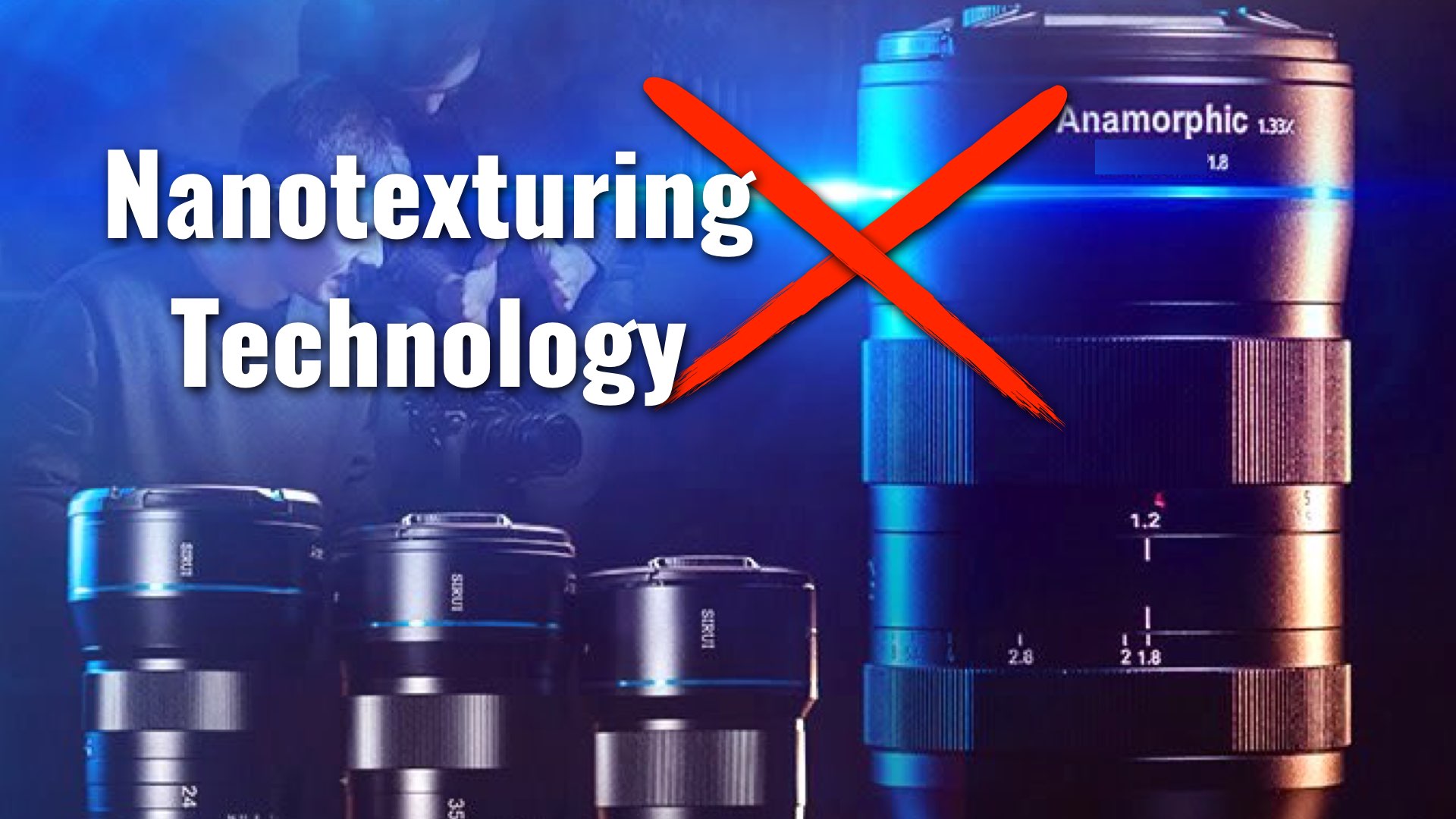![]()
Using physical glass elements for camera lenses has been at the core of imaging technology for centuries, but MIT engineers have now fabricated a new “metalens” that can focus on objects at multiple depths without changing its physical position or shape.
This new lens is not made out of solid glass, but transparent “phase-changing” material that can rearrange its atomic structure when heated to change how the materials interact with light. The researchers etched the material surface with tiny, precise, patterned structures that refract light in unique ways. This “metasurface” allows the optical functions to change as the material’s property changes.
“When the material is at room temperature, the metasurface focuses light to generate a sharp image of an object at a certain distance away,” MIT reports. “After the material is heated, its atomic structure changes, and in response, the metasurface redirects light to focus on a more distant object.”
This unique method allows the lens to adjust its focus without the need for mechanical elements; like a solid-state drive but for lenses.

“Our result shows that our ultrathin tunable lens, without moving parts, can achieve aberration-free imaging of overlapping objects positioned at different depths, rivaling traditional, bulky optical systems,” Tian Gu, a research scientist in MIT’s Materials Research Laboratory, says.
The team believes that the lens can be built with integrated microheaters that could adjust the heat of the microlens, and thus the focus point, with short millisecond pulses. This in theory would allow for continuosu focal tuning throughout a range of intermediate states between the minimum and maximum focal distances. That said, it’s not clear how long it would take for the device to cool down and reset to its minimum focusing distance after being heated.

As exciting as the concept is, we’re likely a long way from seeing this in traditional image capture devices. This design currently has only been tested within the infrared band, but the researchers believe that it can be utilized to enable smaller and more “nimble” optical devices for use as heat scopes for drones, thermal cameras for cellphones, or low-profile night-vision goggles.
You can read the full research paper for free on Nature Communications.
(via New Atlas)
link








